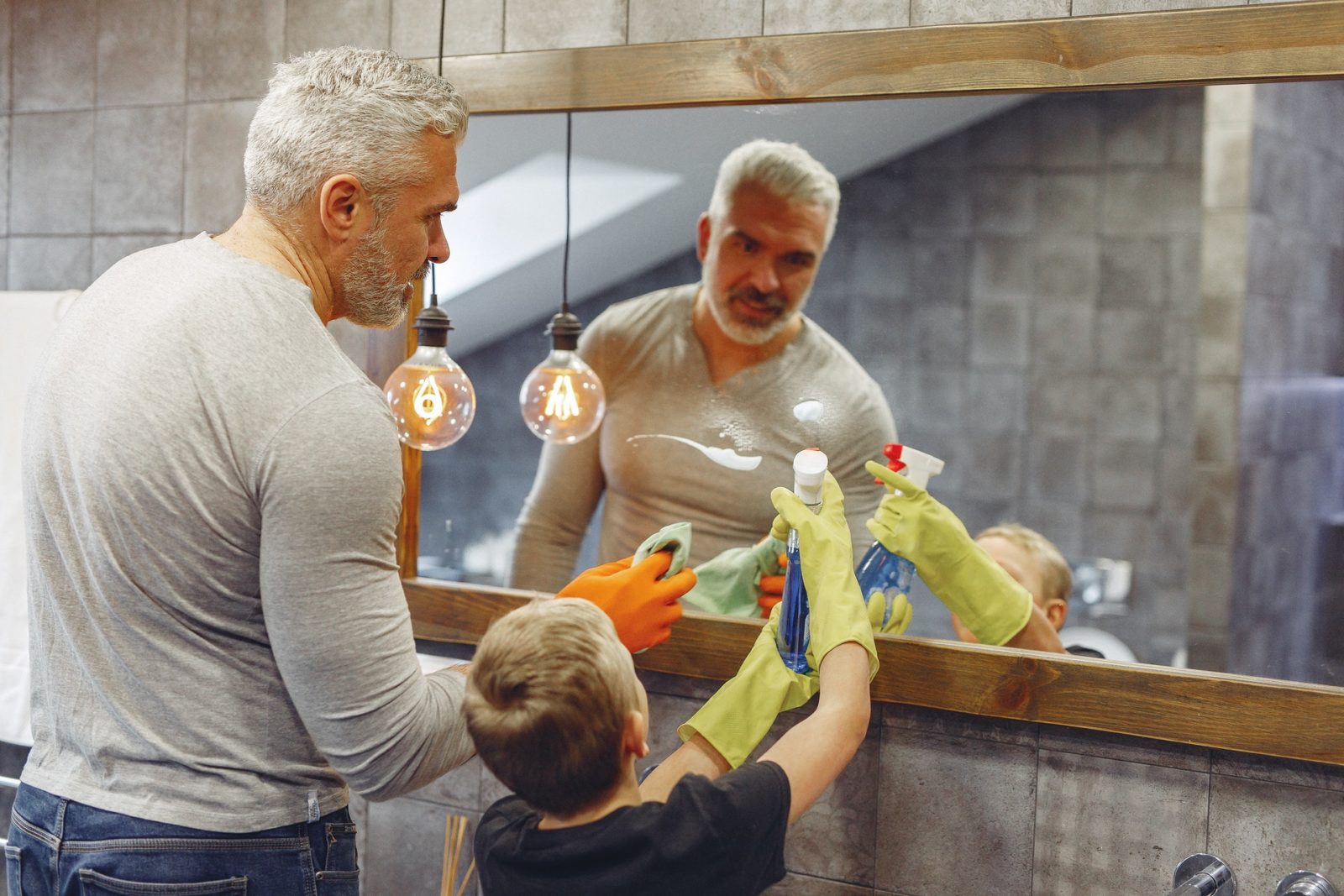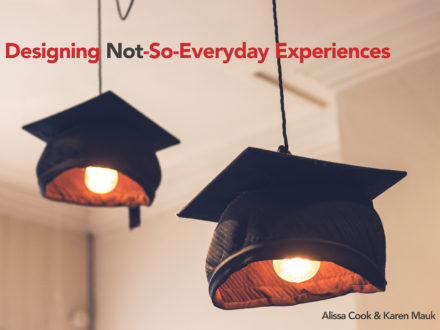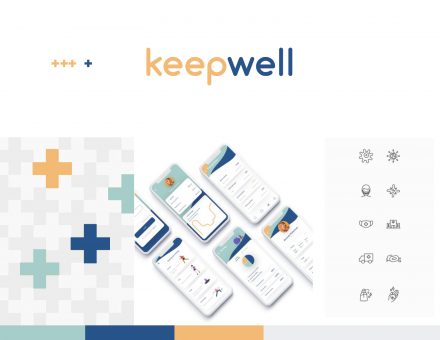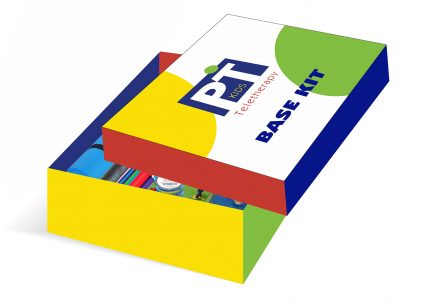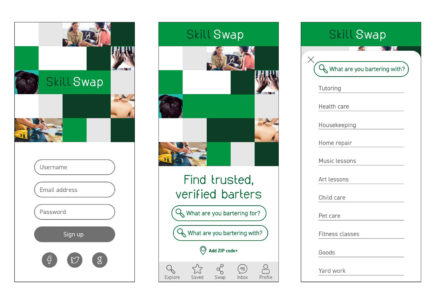xd Studio: Motivation
COVID-19: Designing for Not-So-Everyday Experiences
Each of us has what we might call, “everyday experiences”—seemingly mundane tasks that, when stitched together, comprise the everyday.
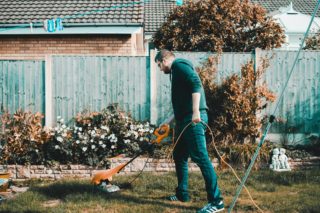
These everyday experiences might include:
- Making granola for breakfast
- Finding car keys
- Getting blood drawn as a diabetic
- Calling your parents
- Dropping kids off at a bus stop for school
- Watching Zoey’s Extraordinary Playlist on Hulu
- Leading a meeting at work
- Running out of toilet paper when you are in the bathroom
Sometimes, things go wrong and these experiences can be quite frustrating. Products, services, and systems are not always designed in ways that match people’s needs and as a result, they cause people’s “everyday experiences” to be memorable for the wrong reasons.
When designers do their jobs well, designed outcomes help people live their everyday experiences effortlessly. They order coffee and get on their way. They do laundry and clothes come out clean. They donate to a charitable cause and the money goes to the intended people. Activities are completed and stuff gets done.
Not-So-Everyday Experiences
When designers excel at their work, people’s everyday experiences add up to lives well-lived. These outcomes don’t just help people carry out their everyday experiences, these outcomes facilitate experiences that add meaning. Using one of these outcomes makes a person’s “every day,” special.
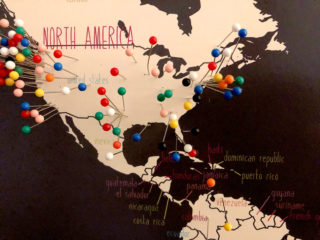
Great experiences—not-so-everyday ones—happen when products, services, and systems align with people in many different ways from usability and accessibility to their moods and the sensations they feel when completing activities.
COVID-19 will challenge how people maintain their relationships. People’s daily stories will be dramatically impacted by this pandemic. We need experience designers to create products, services, and systems that will not only make the world more usable but more emotionally engaged and human during this time.
Everyday Experiences Have Changed with COVID-19
In many parts of the world, people’s everyday experiences changed at the beginning of March with the COVID-19 pandemic. Schools closed. Restaurants and bars closed. Sporting events were canceled. Everyday life started looking more like isolation. Video hangouts replaced face-to-face meetings. Trips to the grocery store felt risky. Basic necessities like toilet paper and hand sanitizer went from forgettable status to rare finds.
Everyday experiences that once looked like this…
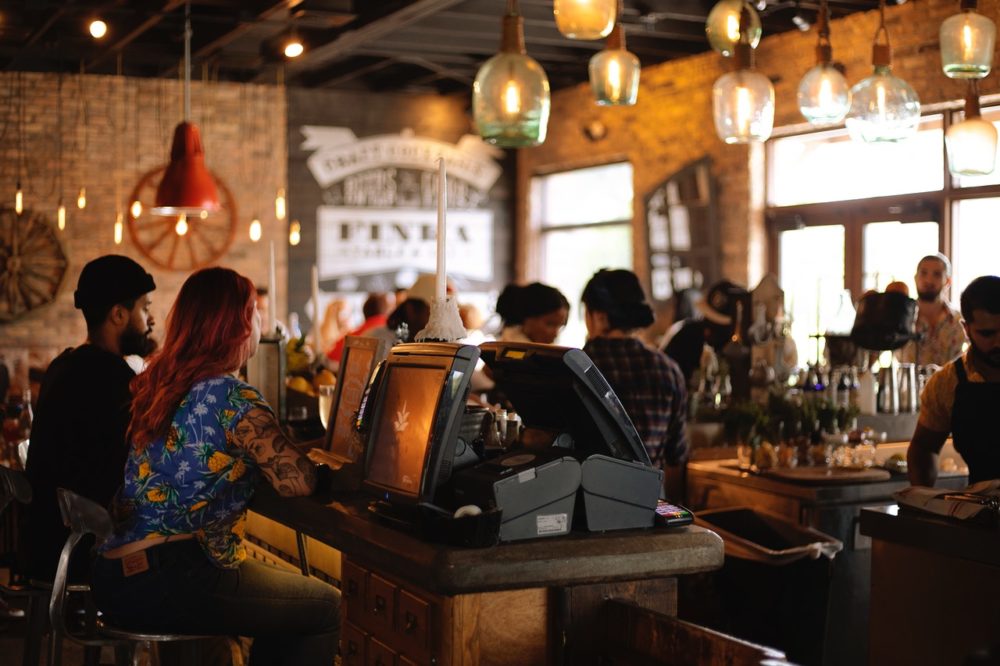
Started looking more like this…
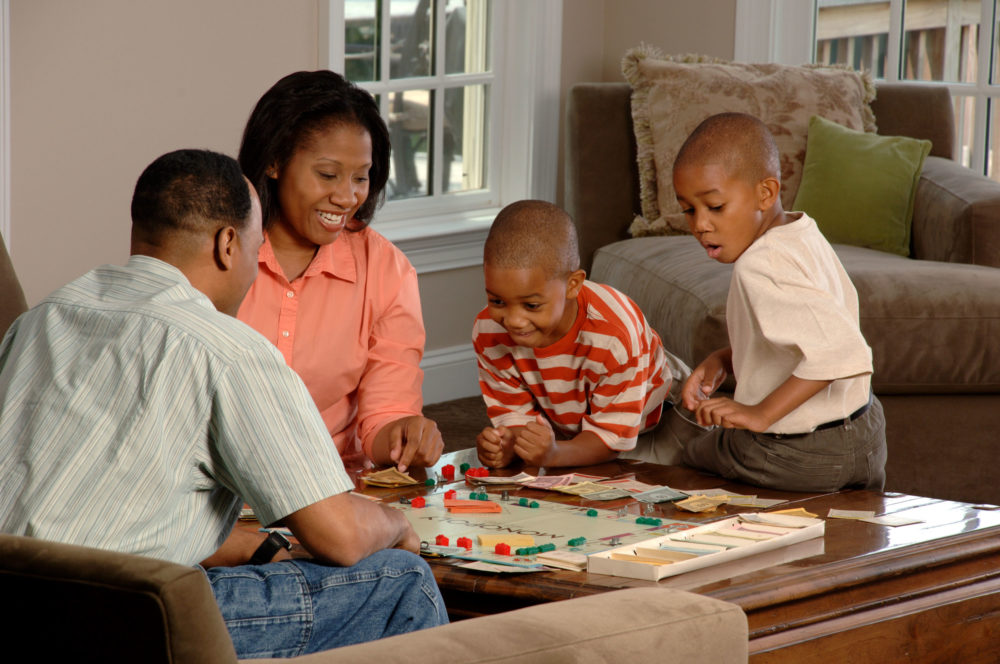
Sporadic game nights turned into repeated game sessions. Having drinks with friends was done over Google Meet. The home became a schoolhouse, an office, a respite, a movie theatre, a clinic, and a fortress. Internet bandwidth went from a nicety to a necessity. A night “out” involved taking a walk and remaining at least 6 feet away from others.
Everyday experiences for weeks, or even months, will change.
Designing Not-so-Everyday Experiences during COVID-19
This pandemic needs experience designers. People’s everyday experiences that once included office meetings in conference rooms, commutes on subways, cheering at hockey games, hugging dear friends, serving in food banks, and singing in church services are now being crammed into computer screens and their risks are mitigated by six feet of space. Humans are social creatures. We need other people. Interacting with others reminds us that we are part of something big—the everyday story and epic arc of humankind.
What experiences are lost during a pandemic? What emotional expressions go unused? What relationships risk becoming flimsy when caring for others atrophies from limited use? What fears need to be squashed? What simple frustrations risk becoming weekly sorrows?
What needs to be designed so people can still find delight, solace, joy, growth, peace, love, and discovery during this “new normal?”
Everyday life during COVID-19 will likely become routine and mundane very quickly. Where are problems cropping up at systems and personal levels? What daily tasks could be redesigned to present opportunities for discovery? What routines could be disrupted to avoid stagnation and “cabin fever”? How can we help people avoid seeing the world as a place that exists in a screen, but still remains a real, vibrant, diverse place?
Project Work
For this project, students could select to do the work as an individual or group project. Students could address any topic they chose related to the COVID-19 pandemic.
Objectives
The learning objectives for this project:
- Create multi-sensory design outcomes that delight while balancing usefulness and usability.
- Analyze existing design outcomes and their intended and unintended consequences.
- Develop high-definition design prototypes for digital, service, and physical outcomes.
- Plan the experience design process from problem definition to implementation.
- Apply a wide range of theories and frameworks to experience-centered design processes.
- Analyze and visualize real and perceived factors at a systemic level.
- Create culturally relevant design outcomes informed by research.
- Report design analyses and recommendations effectively for a wide range of audiences.
